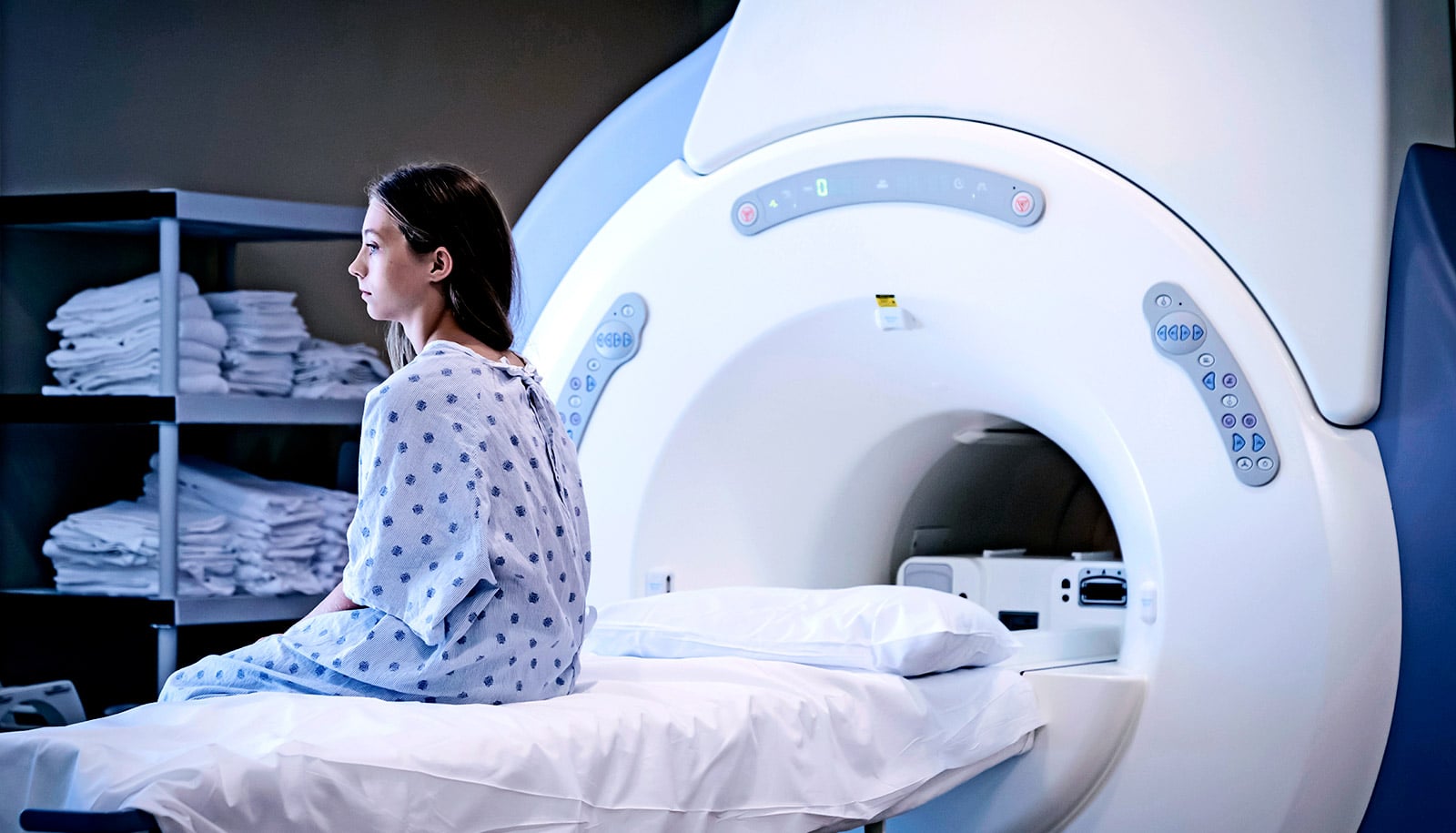A strategy Texas uses to reduce antipsychotic medication for foster children can serve as a model for other state Medicaid programs, researchers report.
“Youth in the United States foster care system are about five times more likely to take antipsychotic medications, a class of medications to manage their mental and behavioral health, than children in the general public,” says Thomas Mackie, assistant professor at the Rutgers University School of Public Health.
In response, over 31 state Medicaid programs nationwide are experimenting with different oversight strategies to ensure safe and judicious use of antipsychotic medications.
These Medicaid programs have the challenge of addressing these concerns while ensuring access to antipsychotic medications in cases where these medications are clinically optimal, especially for youth with psychosis, autism, and other US Food and Drug Administration-approved clinical indications.
The antipsychotic medication oversight strategy implemented in Texas includes four elements:
- A mental health screening administered within 72 hours of the child’s removal from the original caregiver.
- A health passport drawing on claims-based data.
- A psychiatric consultation line for child welfare staff, caregivers, and judges.
- A retrospective review of whether prescribed psychotropic medications met state best practice parameters after doctors prescribed and dispensed the antipsychotic medication.
For the study in the Journal of the American Academy of Child & Adolescent Psychiatry, researchers examined whether the Texas program effectively reduced the number of youth in foster care who received a prescription for off-label antipsychotic medications to manage symptoms such as conduct disorders or attention hyperactivity disorders, while not decreasing use for disorders with FDA indications, such as bipolar disorder or autism spectrum disorders.
After the strategy started, researchers found the program resulted in roughly a 5% to 8% reduction in antipsychotic use for youth treated off-label for conditions like conduct or attention hyperactivity disorders. They found no significant changes for youth treated for FDA-indicated conditions.
These findings show that the Texas program effectively reduced use of antipsychotic medications for off-label conditions where clinical concerns are greatest while not reducing antipsychotic medications for FDA-indicated conditions where stronger evidence exists for antipsychotic use among youth.
“Although the Texas model enrolled only youths in foster care, similar innovations are increasingly being extended to the general population of Medicaid-insured youth,” Mackie says.
“This study provides important new evidence suggesting that states continue to incorporate or renew the inclusion of these additional behavioral health services into Medicaid-managed care arrangements.”
Source: Rutgers University



